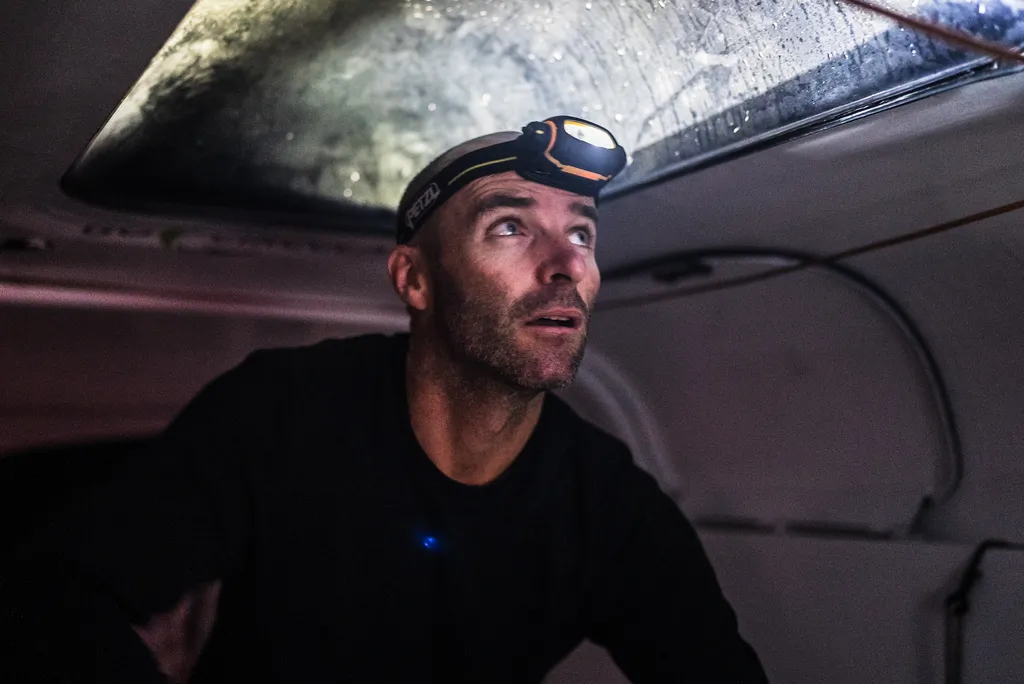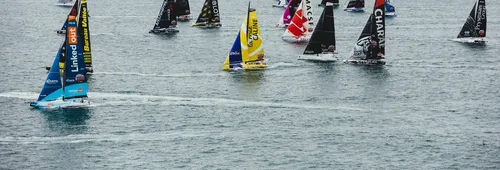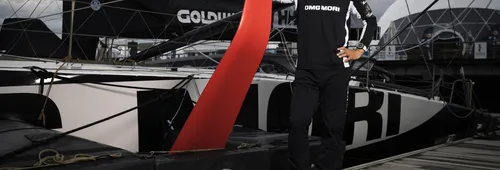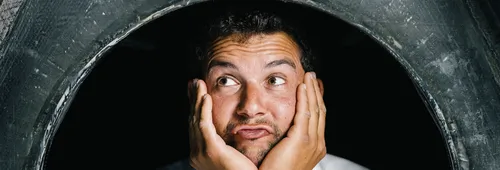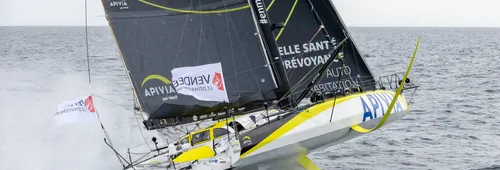Crossing the polar circle at the chosen longitude: the 2026 revolution
For its third edition, the Vendée Arctique – Les Sables d'Olonne is reinventing its history. On 7 June 2026, IMOCA sailors will set off solo from the Vendée port towards the Arctic Circle (66° North), which they will have to cross at the longitude of their choice, before returning to complete the loop at the same point where they started. This major rule change opens up a whole new range of strategic possibilities. Nicolas Lunven – 6th in the last Vendée Globe, 10th in the last Vendée Arctique and a renowned meteorologist – analyses this route, which opens up a whole new playing field.

Vendée Arctique :
What makes this route so unique?
First of all, we hardly ever go up there. On the map, it's “not that far” from Europe. But 66° North means icy waters, different light conditions and much more violent weather systems. To give you an idea, it's about ten degrees further north than Cape Horn in the south (56° South). And yet we all think of Cape Horn as the absolute synonym for “the end of the world”. That immediately gives you a sense of the real scale.

Vendée Arctique :
The distance is roughly the same as a transatlantic crossing. Why is this a false comparison?
Because the weather approach is the opposite. On a transatlantic crossing, after two or three days, you leave the complex areas at the start and move towards more stable conditions, up to the trade winds. In this area, low-pressure systems can follow one another in rapid succession. The alternation between warm and cold air reinforces pressure contrasts, which accelerates wind formation. This means that conditions can change from very active to virtually windless in just 24 hours. It is a route where everything changes very quickly, with no inertia or routine.
Vendée Arctique :
How do we prepare for a race where we have virtually no history?
With more humility. On the routes to the west, we have dozens of editions and thousands of miles of racing experience. We know where the key points are. Here, we don't. Of course, there is data. But nothing has really been tested in IMOCA at these latitudes. We never know exactly what to expect. This uncertainty means we have to keep all our options open, much later than usual in the preparation process.
Vendée Arctique :
Is it this freedom - to choose where to cross at 66° North - that changes everything?
Yes. It's revolutionary. It's not just a fixed point in the north. It's a crossing point that you choose. And you have to think about the way there and the way back. If you only think about the climb to your gate, you can get yourself into serious trouble afterwards. And I'm convinced that we'll see sailors opting for a slightly less direct ascent in order to aim for a faster descent three or four days later. It's going to open up the game, and probably in quite a spectacular way.
Vendée Arctique :
Ultimately, what will this Vendée Arctique reveal?
The ability to anticipate. Not just to execute. It's a race that will highlight how each sailor models the unknown. Each sailor will be able to seek out very different gates, and this freedom will make the race extremely easy to follow for those watching: we will see their philosophies materialise on screen. And that's exactly where it gets exciting.
